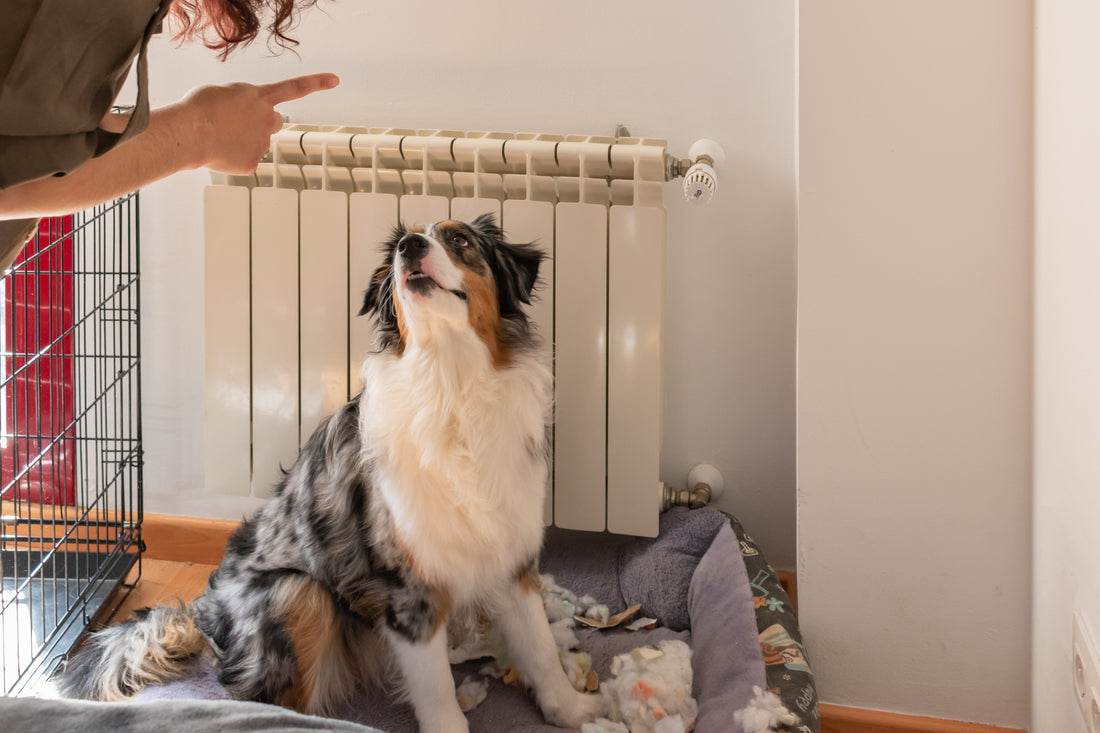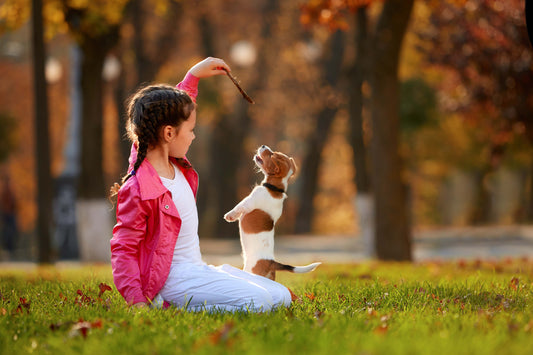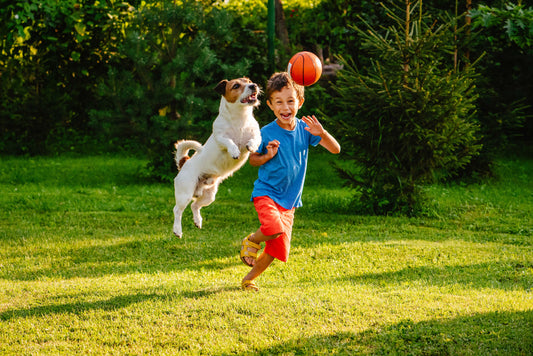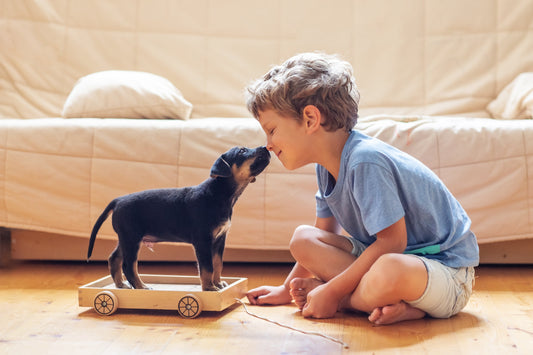Understanding the effects of punitive measures on pets is essential for fostering a healthy and happy relationship with your furry friends. Punishing pets can lead to a range of negative behavioural and emotional consequences that can affect their overall health. This blog explores the impact of guilt and punishment on pet behaviour and provides insights on how to use positive reinforcement for better outcomes.
The Impact of Punishment on Pets
Emotional Consequences
Punishment can cause significant emotional distress in pets. When pets are punished, they may not understand the reason behind the punishment, leading to feelings of confusion and fear. This can result in anxiety and stress, which can negatively impact their emotional wellbeing.
Behavioural Changes
Punitive measures can lead to a range of behavioural changes in pets. These changes may include increased aggression, withdrawal, and avoidance behaviours. Pets may become fearful of their owners or specific situations, leading to a breakdown in trust and a weakened bond between pet and owner.
Learned Helplessness
Repeated punishment can cause pets to develop a condition known as learned helplessness. This occurs when pets feel they have no control over their environment and become passive and resigned. They may stop trying to avoid punishment or learn new behaviours, which can severely impact their quality of life.
Understanding Pet Guilt
Many pet owners interpret certain behaviours, such as a "guilty look," as an indication that their pet feels guilty for misbehaving. However, this is often a misinterpretation. Pets do not experience guilt in the same way humans do. The "guilty look" is usually a response to the owner's body language and tone of voice, indicating fear or submission rather than guilt.
Pets are highly attuned to their owner's body language and vocal cues. When a pet displays a "guilty look," they are often reacting to the owner's angry or upset demeanour. This response is an attempt to appease the owner and avoid further conflict, rather than an expression of guilt for their actions.
Alternatives to Punishment
Positive Reinforcement
Positive reinforcement is a highly effective training method that focuses on rewarding desired behaviours rather than punishing unwanted ones. By providing treats, praise, or playtime when your pet behaves appropriately, you can encourage good behaviour and build a stronger bond with your pet.
Consistent Training
Consistency is key when training pets. Establish clear rules and expectations, and consistently reinforce desired behaviours with positive rewards. This approach helps pets understand what is expected of them and reduces the likelihood of behavioural issues.
Redirecting Behaviour
Instead of punishing unwanted behaviour, redirect your pet's attention to a more appropriate activity. For example, if your pet is chewing on furniture, provide them with a suitable chew toy and praise them for using it. This helps them learn what behaviours are acceptable without the negative effects of punishment.
The Benefits of Positive Training Methods
Improved Behaviour
Positive training methods can lead to significant improvements in your pet's behaviour. Pets are more likely to repeat behaviours that are rewarded, making it easier to reinforce good habits and reduce unwanted actions.
Stronger Bond
Using positive reinforcement builds a stronger bond between pet and owner. Pets learn to associate their owners with positive experiences, leading to increased trust and a more harmonious relationship.
Enhanced Emotional Well-being
Positive training methods contribute to your pet's emotional well-being by reducing anxiety and stress. Pets that are trained with positive reinforcement are generally happier and more confident, leading to a better quality of life.
Common Mistakes to Avoid
Inconsistent Training
Inconsistency can confuse pets and undermine training efforts. Ensure that all family members are on the same page regarding training rules and techniques to avoid sending mixed signals to your pet.
Delayed Reinforcement
For positive reinforcement to be effective, rewards must be given immediately after the desired behaviour. Delayed reinforcement can confuse pets and make it difficult for them to associate the reward with the correct action.
Overuse of Treats
While treats are a useful tool for positive reinforcement, relying too heavily on them can lead to overfeeding and health issues. Balance treats with other forms of rewards, such as praise, petting, or playtime.
Long-Term Strategies for Success
Ongoing Training
Training should be an ongoing process throughout your pet's life. Regular practice and reinforcement help maintain good behaviour and strengthen the bond between you and your pet.
Understanding Individual Needs
Every pet is unique, and their training needs may vary. Take the time to understand your pet's personality, preferences, and learning style to tailor your training approach accordingly.
Seeking Professional Help
If you're struggling with training or behavioural issues, consider seeking help from a professional trainer or behaviourist. They can provide expert guidance and support to help you and your pet succeed.
Creating a Positive Relationship
Building a positive relationship with your pet based on trust, respect, and understanding is essential for their health.
For more tips and resources, visit our blog and explore our range of vet-approved products designed to support your pet's wellbeing. Together, we can help your pets thrive and live their happiest lives.




